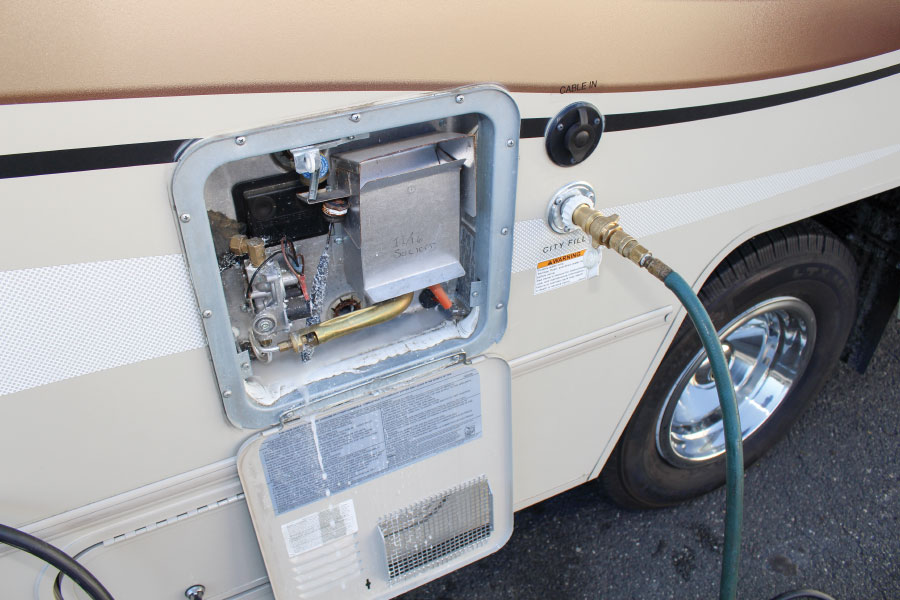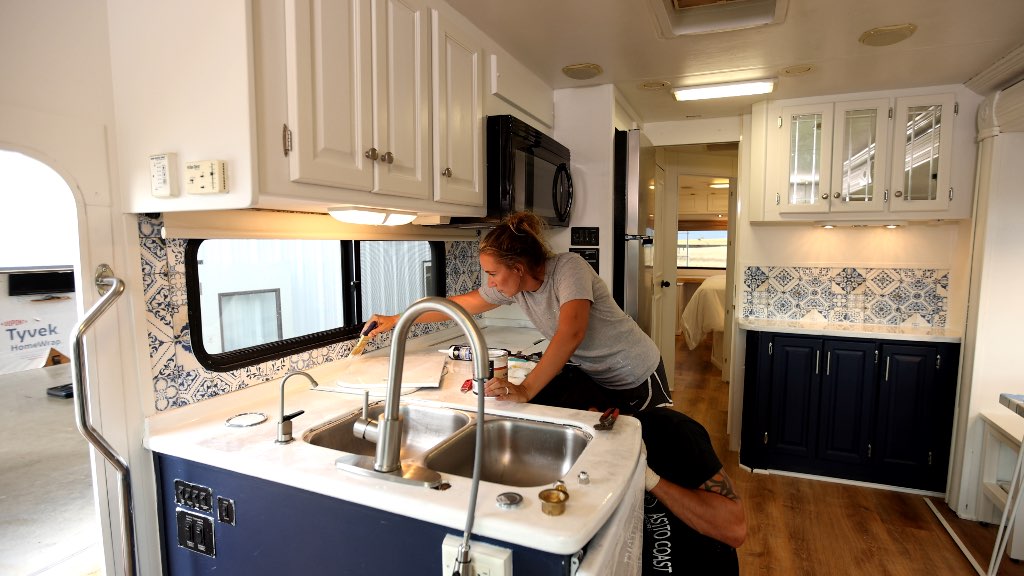10 Things to Watch Out for When Buying a Used RV
Give That Pre-Owned Camper a Thorough Inspection Before Taking it Home
Image Caption: Image Courtesy of darrensp/Getty
There are many reasons why buying a used RV makes a lot of sense. For instance, it is a good way to save some money, especially for first-time buyers just starting to dip their toes into the RV market. Additionally, pre-owned motorhomes often come with owner-installed upgrades like satellite dishes or solar panels. And at a time when supply chain constraints can make finding a new RV a challenge, there are often plenty of pre-owned models to choose from.
But as with buying a pre-owned car, purchasing a used RV requires a keen eye and diligent attention to detail. If you’re not careful, there may be serious issues that you could miss, potentially leading to costly repairs and major inconveniences down the line. So, as you go through the shopping process, here are a few things you should watch out for before purchasing that new-to-you RV.
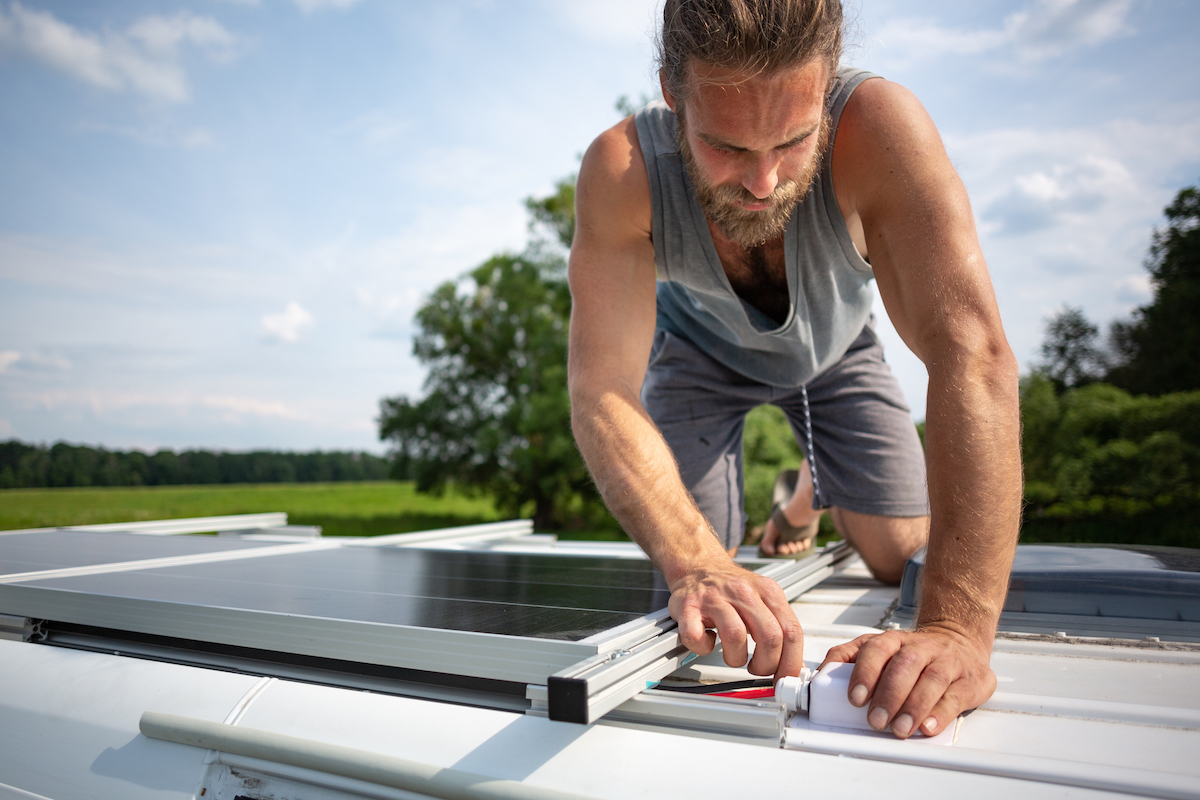
Image Courtesy of photoschmidt/Getty
Inspect the Roof
The condition of a used RV’s roof will say a lot about how well it was cared for by its previous owner. If it is clean and damage free, there is a good chance that the vehicle was well cared for in other areas as well. But a worn roof can lead to water leaks that can damage the interior walls, potentially making the camper structurally unsound.
Look for cracks along the seams and joints and inspect the sealant to ensure it is well maintained. Open the ceiling vents and look for any moisture damage or mold, which can be warning signs of potential problems. If there have been any owner modifications, such as solar panels or a gear rack, be sure that any mounting brackets or screws are properly sealed. Walking on the roof can also reveal weak spots where it may be rotting, indicating major structural issues.

Image Courtesy of welcomia/Getty
Kick the Tires
One of the easiest things to check on any vehicle is the condition of the tires. Find out how much mileage they have on them and when they were last replaced. Inspect the tread to see if they are smooth or still have plenty of grooves. Is the rubber dry and cracking? If so, the tires may be due for replacement, even if they haven’t logged tens of thousands of miles.
Replacing tires can be costly but is a relatively easy fix. By understanding their condition before purchasing the vehicle, you’ll have a better sense of future expenses for maintaining it.
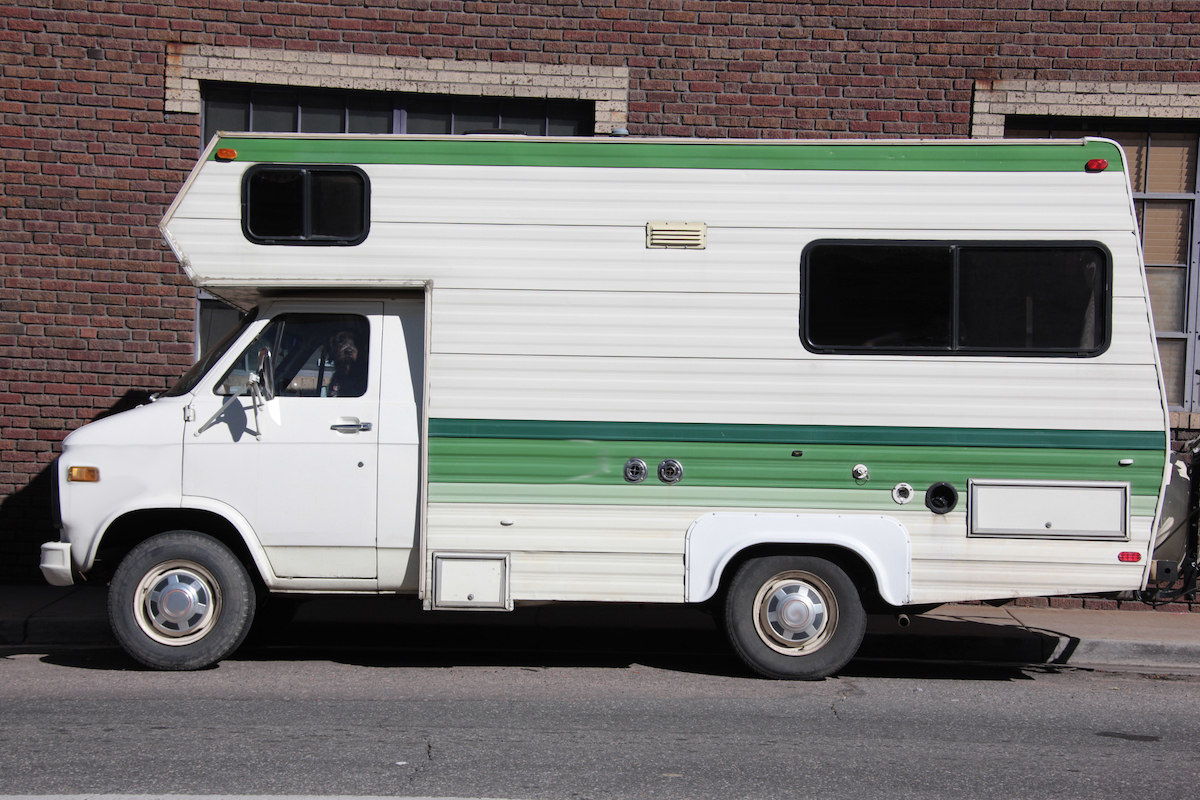
Image Courtesy of aitcheyedigital/Getty
Check the Walls Inside and Out
While walking around the interior and exterior of the RV, pay special attention to the walls. Look for bulges, cracks, or bubbles, which could indicate structural damage. Keep your eyes peeled for any water spots or delamination, especially along the seams where the walls and the roof meet. Water damage is one of the biggest concerns with a previously-owned RV and spotting the tell-tale signs can help you avoid major problems.

Man with flashlight looking under the bed.
Pay Attention to the Floors
An RV’s floors should be stable and supportive without much give. As you walk around, pay attention to how the surface feels underfoot. If it is warped or has noticeable soft spots, it could be due to water damage that has led to rotting. Dark stains on the floor are often a tell-tale sign of fundamental problems as well.
Check the carpet or tile that covers the floor, as well. If it is loose or peeling away from the surface, serious issues could lurk underneath. Just keep in mind that older RVs will have some natural wear and tear from being used over the years.
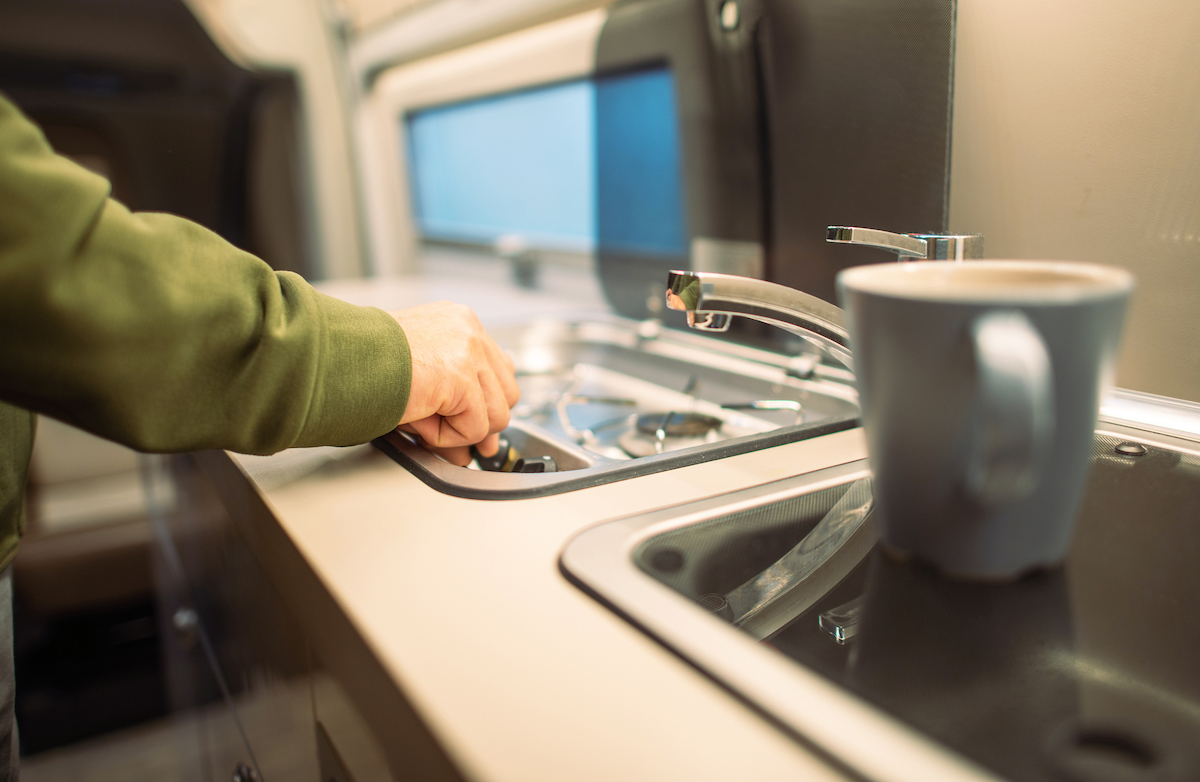
Image Courtesy of welcomia/Getty
Test the Appliances
Most RVs come with at least a few appliances, with some larger models offering fully-equipped kitchens with stoves, microwaves, and even dishwashers. If any of those items aren’t in working order, it can be costly to fix or replace them, which is why it is better to know their status ahead of time. To avoid any surprises, ask the seller to demonstrate that all of the major appliances are working before you purchase.
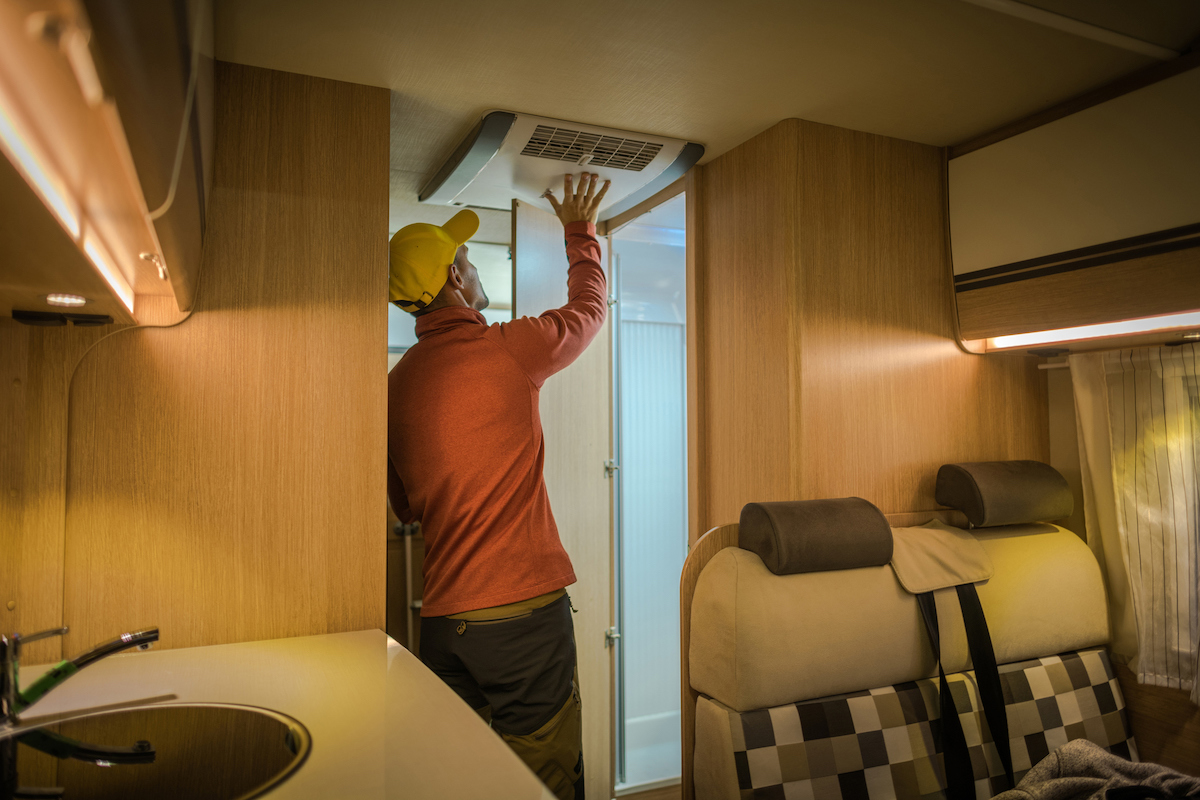
Image Courtesy of welcomia/Getty
How’s the HVAC?
If the vehicle has an air conditioner or furnace, ask the seller to demonstrate that they are in working order as well. Allow these systems to run for 10-15 minutes to ensure they are warming or cooling as expected. While in use, check that any fans connected to the HVAC are operating as expected.
Being able to control and maintain the interior temperature is the key to staying comfortable while camping. The HVAC system also plays a vital role in keeping humidity and moisture at bay, which can be detrimental to the vehicle’s condition when not adequately ventilated.
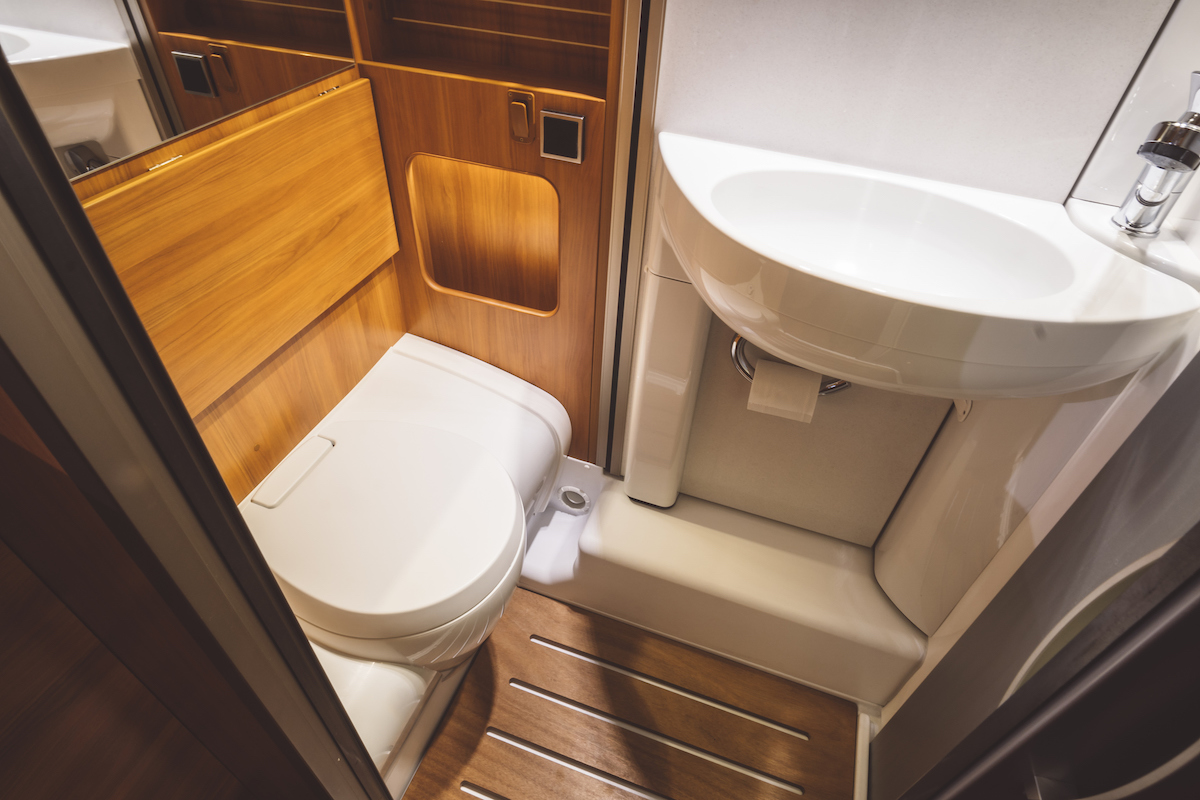
Image Courtesy of Ziga Plahutar/Getty
Plumbing and Holding Tanks
When inspecting the RV, have the seller run some water through the holding tanks. This will allow you to look for leaks and test the plumbing. If applicable, flush the toilet and run some water through the shower and sink to make sure everything operates and drains as it should.
Doing a complete inspection of the plumbing during a pre-sale walkthrough is challenging. But by running some water through the tanks and systems, you can get a sense of how well everything is operating. Any significant issues or major leaks should be obvious when doing so.
Does the Water Heater Work?
Running water through the RV’s plumbing also provides an opportunity to check the vehicle’s water heater. When activated, does it heat water quickly and efficiently? Is there any water leaking from the pipes coming and going from the water heater? Are there any signs of rusting? These are all things you should pay attention to when inspecting this critical piece of equipment.
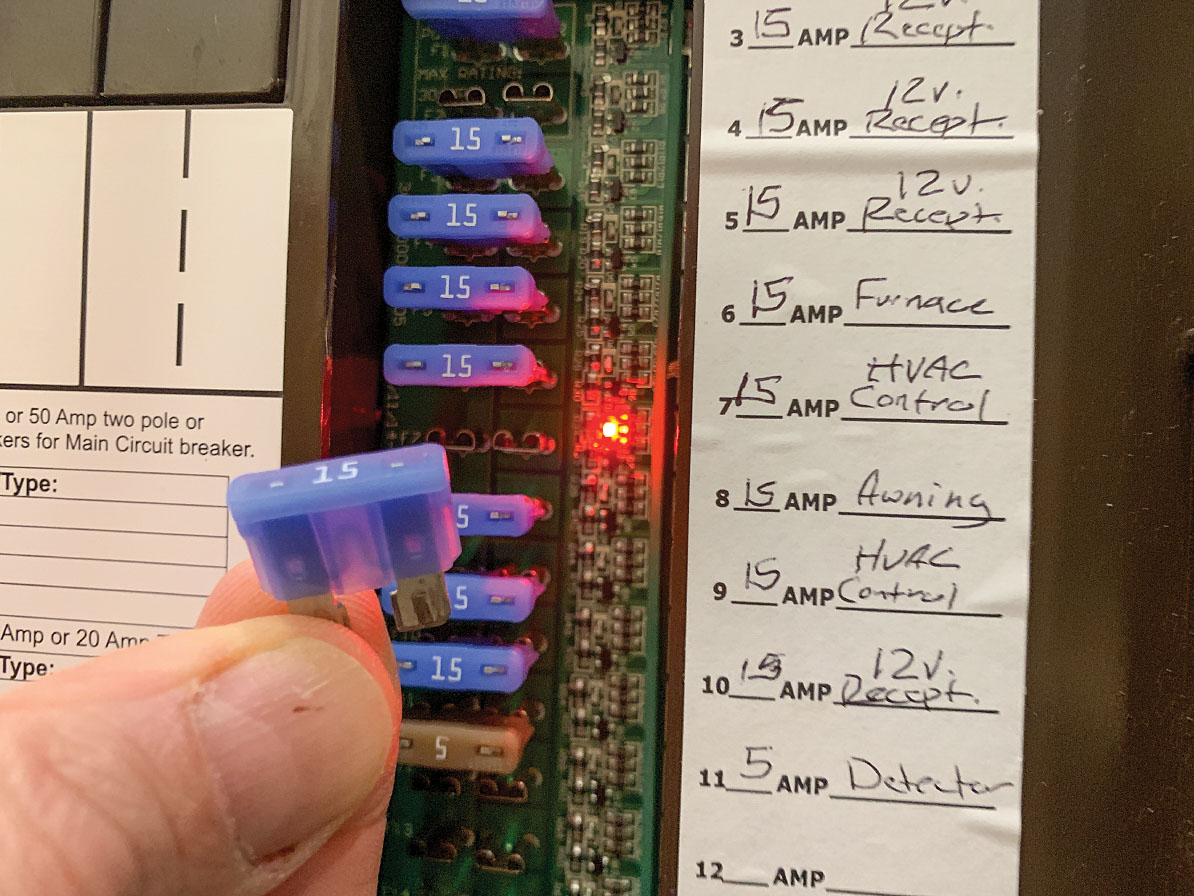
Image: James Adinaro
Lights and Electrical Systems
RV electrical systems can be challenging to test thoroughly and even harder to troubleshoot if problems occur. But when inspecting a vehicle, testing the lights and electrical outlets is a good way to get a sense of how things are functioning. Test the lights in each area of the camper and plug a smartphone charger into multiple outlets to ensure they are working correctly.
If the lights fail to come on or outlets aren’t providing power, the fix could be as simple as throwing a breaker or replacing a fuse. On the other hand, it could be a sign of faulty wiring, bad batteries, or other problems that could be much costlier and time-consuming to fix.
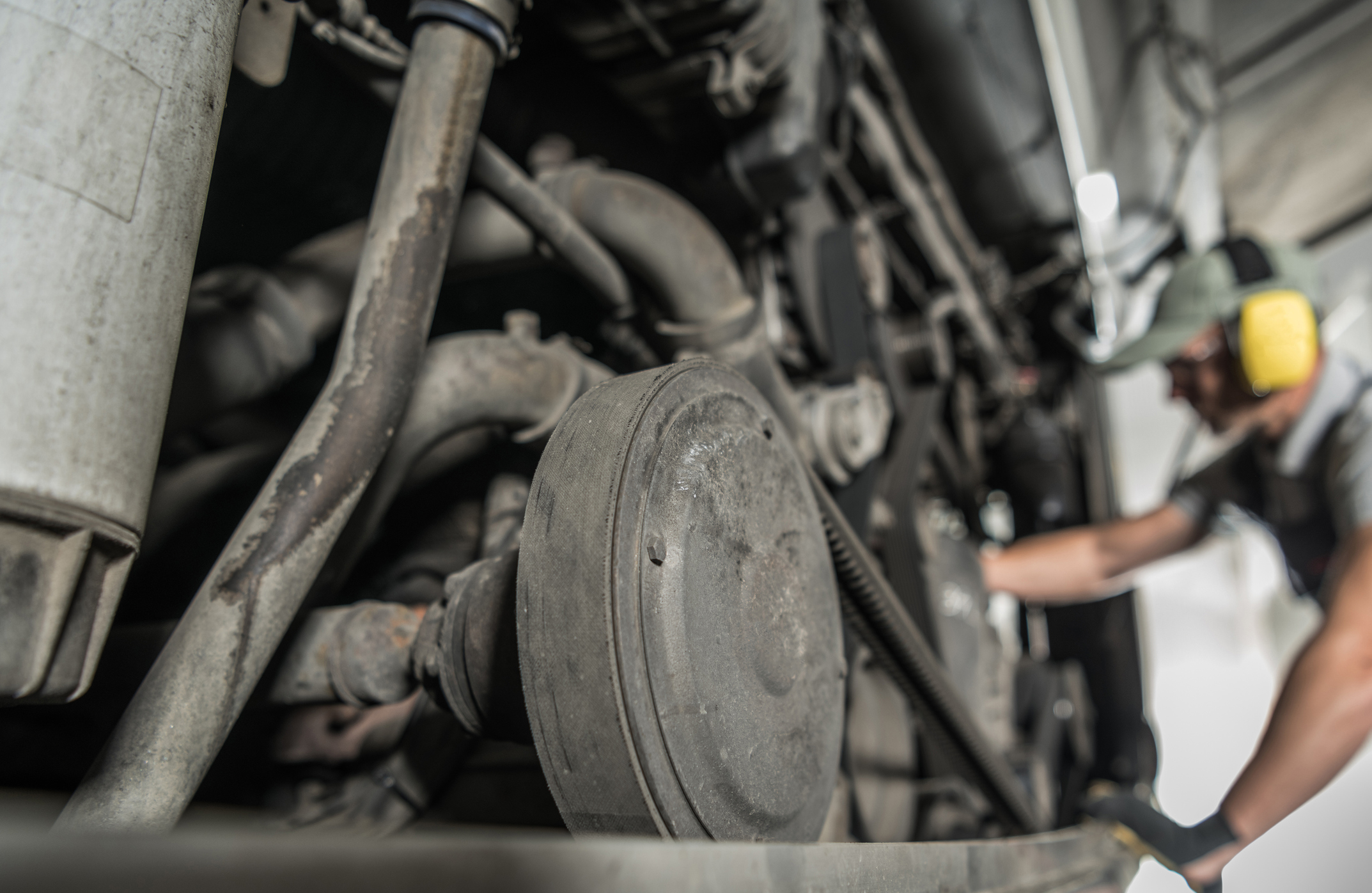
Image Courtesy of welcomia/Getty
Request the Maintenance Records
The pre-owned RV you’re considering buying may look practically brand new, but that doesn’t always indicate how well it was cared for. Ask the seller for any service records to get a better sense of how well it has been maintained. Those records can include everything from oil changes, and tire rotations to engine overhauls and manufacturer recalls. If those records don’t exist, the vehicle may not have received the attention it deserves and could require lots of TLC.
These are some of the critical things to watch out for when purchasing a used RV. Other items may be applicable as well, including the condition of any propane tanks, whether or not the slide-outs are in working order, and how well the engine runs. But by doing your homework and giving the camper a thorough inspection, you’re sure to find an RV that will accompany you on countless adventures.

